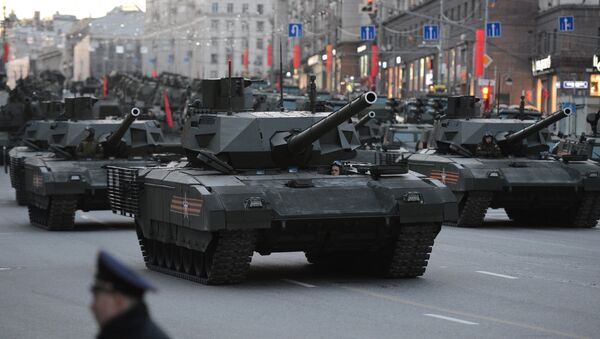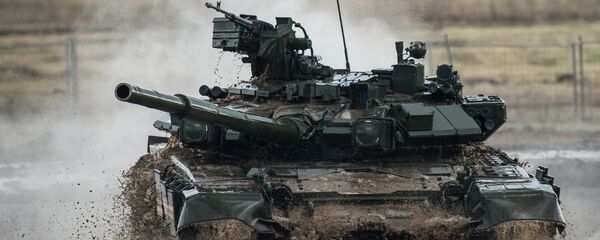“The system is currently undergoing field trials and we expect to have this work done before this year is out,” a Defense Ministry representative told the newspaper, adding that live-fire tests of the system were slated for next year.
At the heart of the new system is a computer which calculates optimal trajectories of the smoke grenades to ensure maximum smoke cover while allowing the crew to engage the enemy unhindered.
“In Europe they have tried and failed to develop such a system, while in the US they have never developed anything like our optical-electronic system, traditionally staking on passive protection reinforcing armor, improving maneuverability and battlefield control in order to better protect against enemy anti-tank fire,” independent military expert Oleg Zheltonozhka, told Izvestia.
The new system ensures maximum protection against the two main types of guided antitank missiles: remote-controlled and laser-guided. The former will not be able to receive radio commands, while the latter will simply fail to “see” the laser beam itself.
It will also be able to effectively handle America’s unique self-homing Javelin antitank guided missiles.
“However, when such a missile swoops down on its target, the smokescreen created by our system will shroud the tank and, unable to either see its silhouette or heat signature, the missile will miss,” he added.




